Fear. It’s like that unwanted guest who shows up unannounced and never leaves, lurking around long after everyone else has moved on. It sneaks into our lives, hanging in the background during the daylight, creeping closer when night falls. From the moment we’re born, we’re hardwired to jump at the sound of something rustling in the bushes or to tense up in the dark when danger seems close. But here’s the thing: fear isn’t just about survival anymore. It’s evolved into something far more complex, even dangerous—something that can be manipulated to shape how we think and act.
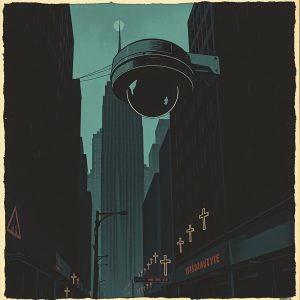
Take a moment to reflect on this. How many of our systems and structures run on fear? Fear of those who are different, fear of losing what we have, fear of chaos. Governments know exactly how to tap into these emotions, offering safety and security but always at a cost. They paint vivid images of lurking threats, of enemies ready to take away everything we hold dear, all to justify tighter controls, more surveillance, and even wars. The tactic is simple: stoke the fire of fear, then offer the extinguisher.
But it’s not just the state that plays this game. Religion, too, has mastered it. For centuries, it’s thrived on stories of eternal punishment, of a wrathful God waiting to strike down anyone who steps out of line. Fear of damnation keeps people in check, making sure they follow traditions and doctrines without asking too many questions. It’s an effective way to maintain control—no need for force when the fear of hell does the job. And let’s be honest, it works. People stay loyal, often giving both their money and their obedience.
Fear doesn’t stop at the societal level either. It seeps into our personal lives, dictating decisions we might not even be conscious of. We fear being rejected, so we change who we are to blend in. We fear failure, so we stop reaching for our dreams, settling for the safety of mediocrity. We fear loneliness, so we hold onto relationships that are toxic, all because the alternative—being alone—feels worse.

But here’s the thing: fear is a liar. It twists our view of the world, making dangers seem bigger than they are, and downplaying our ability to handle them. It shows us distorted images of others, of situations, and convinces us that staying where we are—no matter how uncomfortable—is safer than venturing into the unknown.
So how do we break out of this cycle? The first step is awareness. Start noticing the ways fear shapes your thoughts, your choices, and your actions. Take a closer look at the stories you’re being fed, especially the ones designed to stir up your emotions. Is there really a threat, or is it just a mirage created by those who benefit from keeping you afraid?
Next, practice critical thinking. Don’t just take things at face value. Dig deeper. Look for alternative points of view, challenge the mainstream narrative. Often, the most dangerous ideas are the ones we’re told not to question.
And finally, choose courage. Courage isn’t about not feeling fear—it’s about pushing forward in spite of it. It’s about standing up to your fears, testing the limits, and stepping outside that cozy, familiar comfort zone. It’s about choosing thoughtfulness over knee-jerk reactions, curiosity over conformity, and staying true to yourself over simply seeking approval.
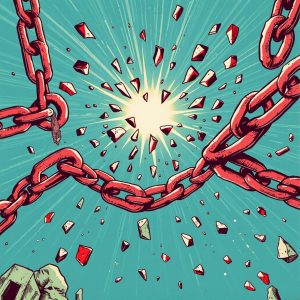
The battle with fear is ongoing, but it’s one worth fighting. True freedom isn’t about being fearless—it’s about confronting fear head-on, understanding its motives, and taking control of your own path.
So, question everything. Push back against the stories you’re told. Embrace the unknown. And most of all, don’t let fear decide the course of your life. The world is waiting for those who have the courage to break free.
Owner of BaedonWebZine and the mastermind behind its content. A versatile individual hailing from The Great American Desert, Henry carries the enduring influences of his upbringing. He wears multiple hats as a writer, graphics manipulator, devoted father, and dedicated geek. His days are spent exploring the world with a relentless quest for understanding, bringing a unique blend of insight and creativity to the site.

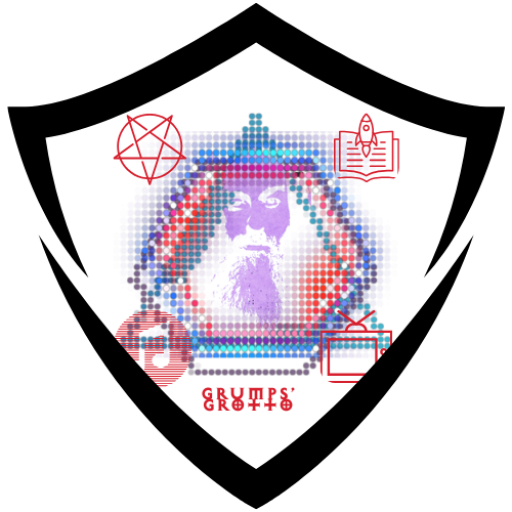
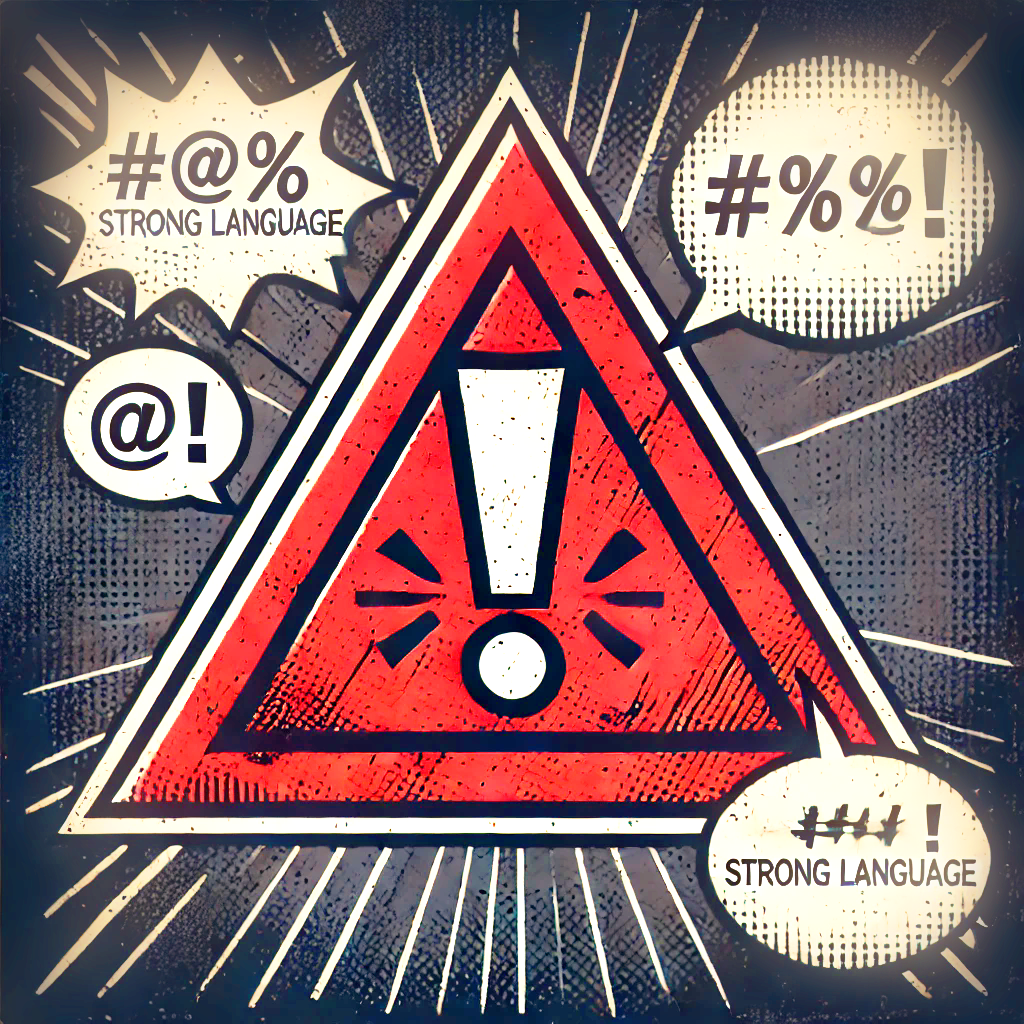
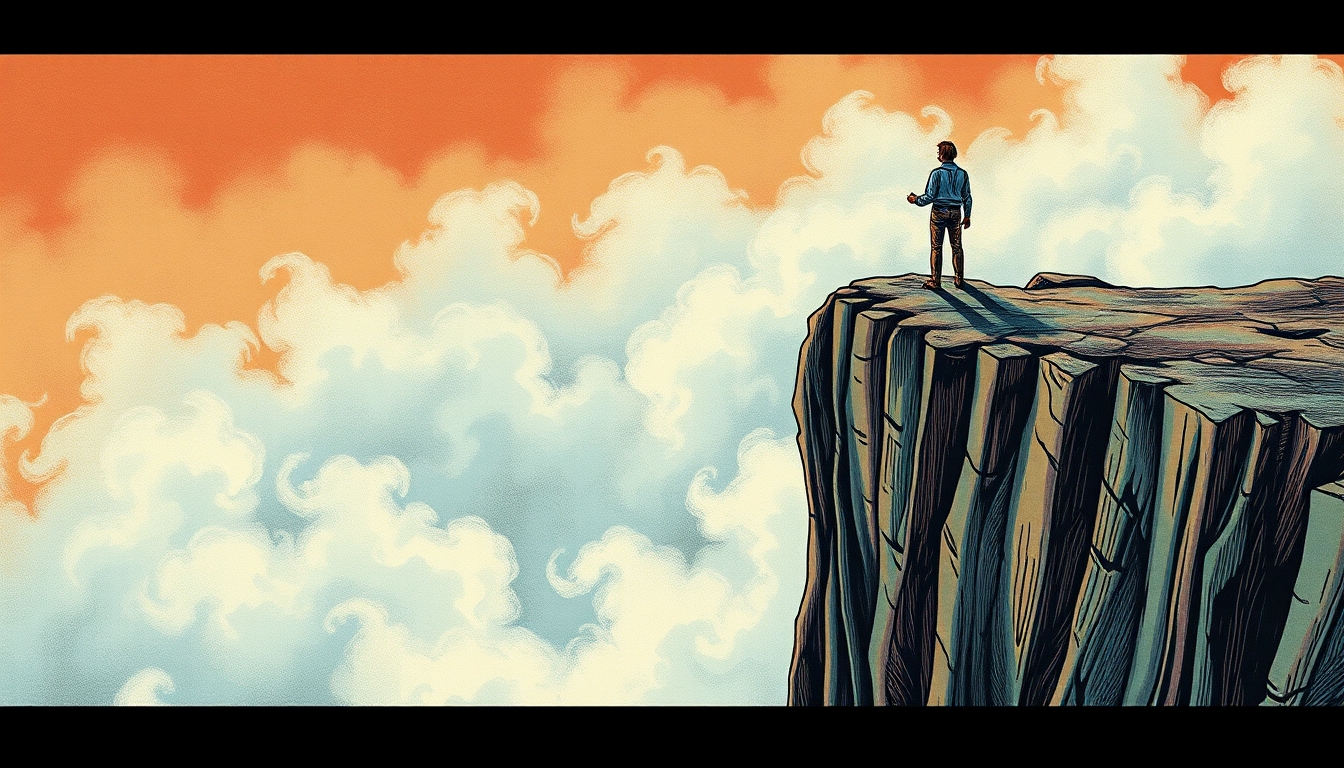
Leave a Reply